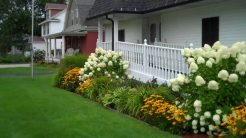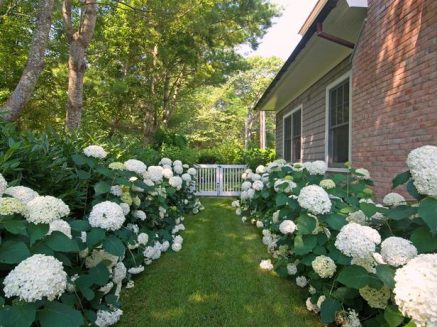Treelike hydrangea is a spectacular shrub with bright greenery and luxurious white caps, which fell into a temperate climate from North America. Due to the abundant flowering and non-capricious nature, decorative bushes are loved by many gardeners.
Material Content:
Description of the best varieties
The rounded crown is formed by graceful shoots, covered with petiolate, opposite-arranged green leaf plates. Flowering, in which small white flowers bloom, collected in lush corymbose inflorescences, continues from mid-summer to mid-autumn.

The type species served as the basis for the breeding of many varieties, among which the following are especially popular:
- Hydrangea tree-like "Annabel". The variety is distinguished by a large diameter of snow-white inflorescences, which can lie down due to their weight. In height, the shrub develops to 1.5 m with a width of 3 m.
- Grandiflora. An abundantly flowering variety, distinguished by corymbose inflorescences, the color of which changes with flowering: slightly greenish flowers at the beginning of the phase acquire a creamy hue by the end of the phase.
- Invincible. A decorative variety represented by dense shrubs with pink inflorescences, timely pruning of which allows after 1.5 months to become a witness to repeated flowering.
- Strong Annabel. Variety bushes consist of stronger shoots that do not lie under the weight of large and lush snow-white inflorescences.
Outdoor landing
In order for the bushes to be healthy and lush, it is necessary to correctly plant the crop in the garden.
Site and soil preparation
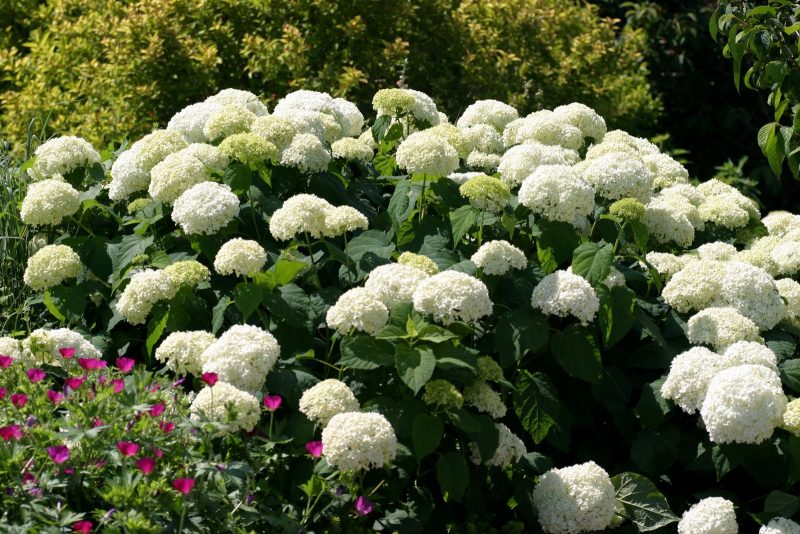
The site must be selected depending on the agro-climatic conditions of the region. In the southern regions, it is worth giving preference to slightly shaded areas, while for the northern regions it is recommended to choose well-lit, sunny areas. Tree hydrangea soil prefers fertile with an acid reaction. When preparing the site, brown peat and humus should be added for digging, which will acidify the soil and increase its fertility.
How and when to plant
Planting of hydrangea tree can be carried out both in spring and in autumn. But in the northern regions with a more severe climate, it is recommended to stop on planting in the spring, so that the bush has time to take root well.
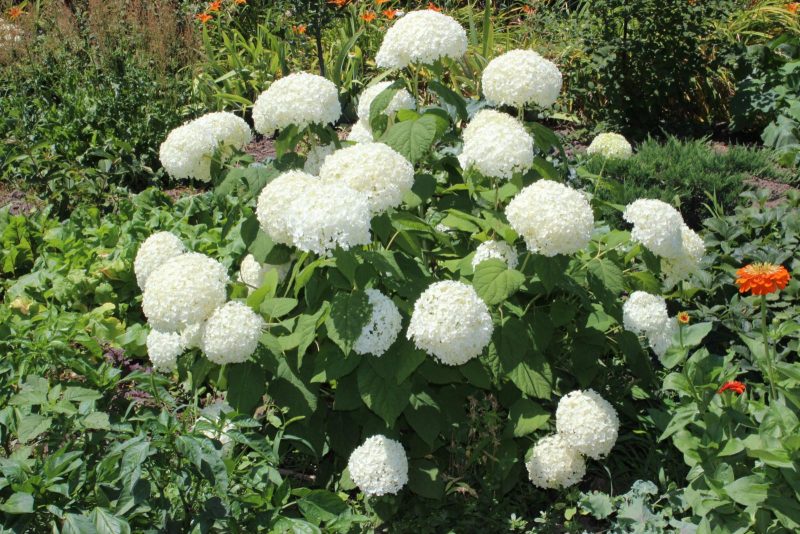
The process is carried out as follows:
- A pit is excavated with dimensions of 50x50 cm.
- At the bottom of the pit a small mound is made, onto which a three-year-old seedling falls.
- The root system is neatly straightened.
- The seedling is buried in such a way that the root neck is buried in the soil by no more than 2 cm.
- Soil in the near-stem circle is compacted and watered abundantly to exclude the possibility of formation of air layers near the roots, which can lead to their drying.
Tree Hydrangea Care
A luxurious plant for lush and long flowering needs attention and care from the gardener.
Watering and feeding
Hydrangea is a hygrophilous plant with a superficial root system, which often suffers from heat due to its proximity to the surface of the soil.
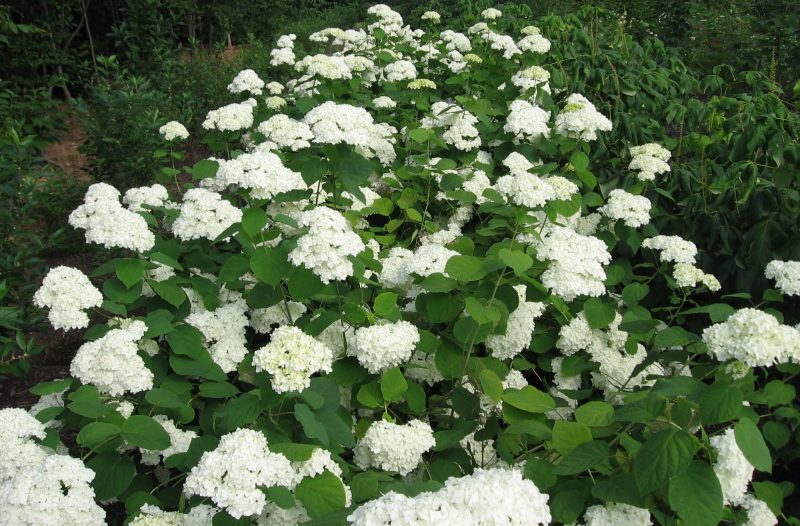
In order to prevent oppression of the culture by drought, watering should be carried out 2-3 times during the week.
To strengthen immunity and ensure the formation of lush bushes with spectacular inflorescences, it is necessary to carry out 4 dressings during the growing season:
- The first application of complex mineral fertilizers with a high nitrogen content is carried out after the start of shoot growth.
- In the budding phase, the bushes are fed with phosphorus-potassium agrochemicals that stimulate prolonged flowering.
- The next two dressings are carried out until September, which allows hydrangeas to leave in the winter stronger.
Mulching and loosening of soil

After precipitation or moisture, it is recommended that the soil be loosened so that an airtight crust does not form. Mulching will reduce the frequency of loosening, as well as reduce the rate of evaporation of moisture. As a mulch, you can use a layer of sawdust or peat 5 to 8 cm thick.
Attention! When covering the soil with a mulching layer, it is important to ensure that it does not come into contact with the shoots.
Cropping Features
Forming pruning of hydrangea in the spring is carried out in March until the first feeding, when the shoots are significantly shortened - strong branches up to 3 buds, and weaker - up to 5 pieces. In autumn, all dried inflorescences, as well as broken and diseased branches, are removed. To keep the plant decorative for many years, you should pay attention to the haircut and avoid thickening.
Important! Hydrangea should not be cut before the culture reaches the age of four and the onset of the first flowering.
How to care for hydrangea in autumn, winter
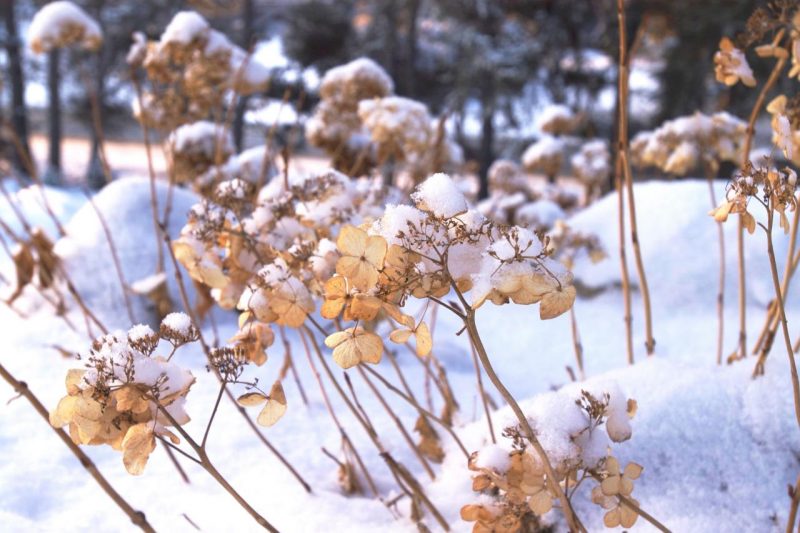
In order for a plant to successfully winter, it must be properly "preserved" by abundantly pouring warm water 10 days before the onset of frost. Also in the northern regions, despite the frost resistance of the culture, it is necessary to cover the bushes with spruce spruce branches, having previously tied the shoots to a wooden stake driven into the trunk circle.
Transfer
When choosing a place for culture, one should take into account the dislike of hydrangea for transplantation, which, if absolutely necessary, can be carried out in spring or autumn.
After planting a bush with an old earthen lump in a new place, it is recommended to trim the tree hydrangea according to the rules of the forming haircut, which will allow the bush to take root more quickly.
Protection against diseases and pests
Among the diseases on the hydrangea of the tree, such fungal diseases as gray rot, powdery mildew, spotting and fusarium are noted. To prevent damage to the bushes, preventive spring treatment of plants with copper-containing fungicides should be carried out, bays and crown thickening should be avoided.
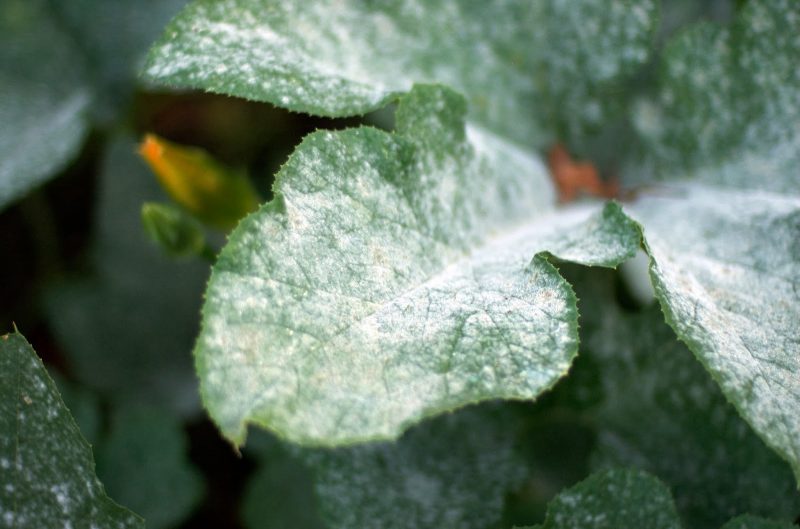
If the development of diseases has nevertheless begun, then you should resort to immediate spraying with the above drugs.
Of the pests, the most common are snails, leaf beetle, weevils and leafworms. It is necessary to fight insects with the help of insecticides. Snails are collected by hand.
Plant propagation
Tree hydrangea propagates by vegetative receptions.
Due to the almost 100% rooting of cuttings, the cuttings method is very popular among gardeners.
In the process, the following actions are performed:
- In early summer, green cuttings are harvested with 2 pairs of leaves and a 1 cm part of last year's shoot.
- Leaves are shortened by ½.
- Before deepening the cuttings into loose soil, the cut sites are treated with a growth stimulator. Plantings are covered with plastic bottles to create greenhouse conditions.
- Rooted cuttings are planted in a permanent place after 2 years.
When propagating by layering, the shoot is pinned in brackets in a prepared groove and sprinkled with soil. The top of the lay is left free. During the season, the shoot should be looked after, like an adult plant. The rooted layering is separated from the maternal specimen next spring, after which it is planted for growing for 1 year in a shaded place.
Another technique that demonstrates good results is the division of the bush, in which an adult bush is dug up and divided by a sharp shovel into parts. Delenki land in prepared landing pits and cut off.
Advice! If the bush is old and overgrown, then a sharp ax should be used to divide the rhizome.
Use in landscape design
Tree hydrangea, due to its exquisite appearance with delicate "caps" of white flowers, is often used in the design of personal plots and park areas:
- in shrubby compositions with lilac and spirea;
- in single plantings in the front garden with other flowering herbaceous plants;
- when decorating slightly shaded corners of the garden;
- near artificial water bodies.
Thus, the abundantly flowering hydrangea tree-like, characterized by ease of care, is an undemanding and spectacular culture that won the hearts of many gardeners with its white “caps” against a background of dense and bright greenery.


